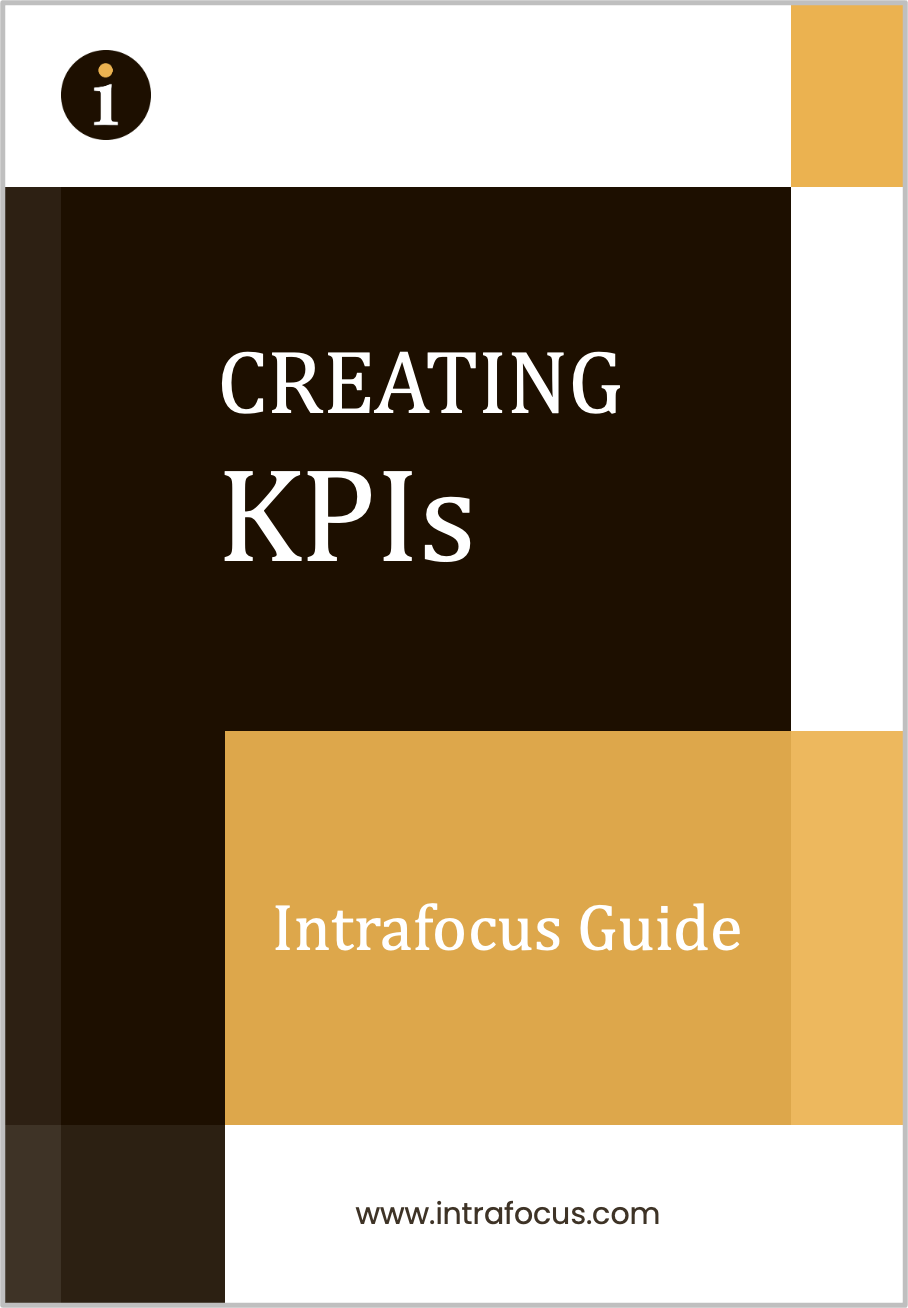How many objectives? – As with everything associated with a Balanced Scorecard (and most things in life actually!) the right balance is required. Too many Objectives and resources and time will be spread too thinly and nothing will get done. Too few Objectives and change will only occur in one place and may not have the right level of impact to the business. Add to this the complication of business size. For small businesses it should be simpler. For large businesses with multiple divisions and multiple departments each having a scorecard and therefore sets of cascading scorecards, it becomes impossible to give an answer. Rather than give up, here are a few principles that have helped a number of successful companies:
- Make sure the objective describes an activity that can be achieved and is specific. Where ‘Increase company profit’ is laudable it is not helpful. ‘Increase profitability of consulting sales to top 10 customers’ is better.
- Make sure you concentrate on strategic Objectives and not simply translate operational measures into objectives. Increasing the number of products made may be useful, but is it strategic?
- Always refer back to the company Vision and Strategy Map when deciding on objectives, they must make a contribution.
- Can the objective be measured? Do not fall into the trap of creating projects and measuring how long they take to complete, the project must have a tangible outcome that can be measured.
- Always err on the side of less rather than more. Fewer objectives will always provides a greater opportunity to succeed.
Remember the adage: – if your strategy has 3 objectives you will succeed in all 3, if it has 4-10 objectives you will succeed in 1-2, if it contains more than 10 objectives you will succeed in none – a simple case of the law of diminishing returns.
Where would you apply these principles? To any area that has a scorecard, right from the top of the organisation to the bottom. You will not go too far off the tracks if you start at the top of the organisation with three strategic objectives and use that as the model for every other Balanced Scorecard throughout the organisation.


